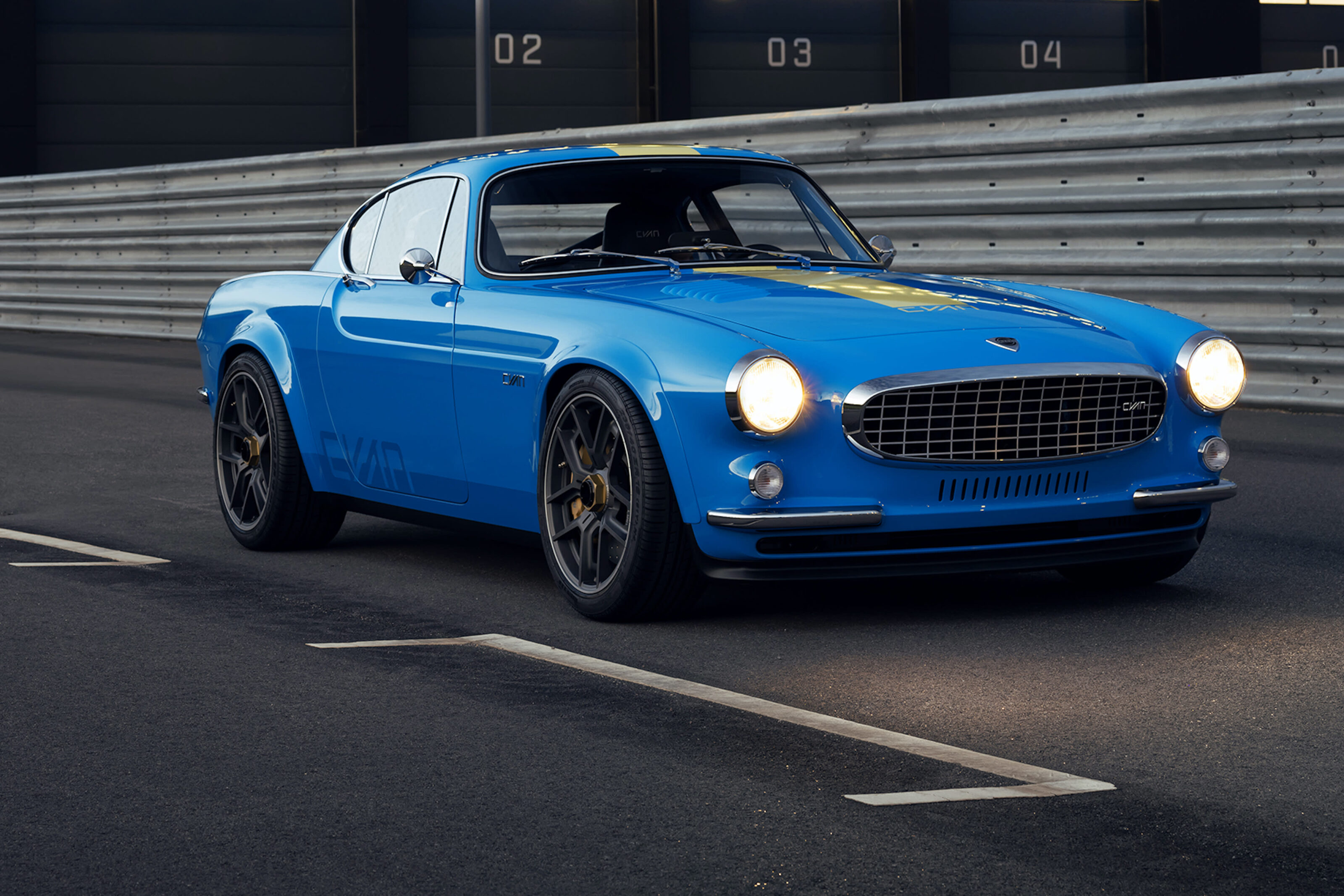Car enthusiasts as are collective are turning back the clocks beyond the regular demands of daylight savings to capture the halcyon days of the golden age of motoring.
Prices for classics are shooting through the roof, with enthusiasts clamouring to buy an analogue vehicle while they still can.
This rush has created a new genre of vehicle for the ultra-wealthy to play with – restomods.
The concept is simple, take an iconic classic car, and give it a comprehensive ground up restoration using the engines, suspension, and interior treatment afforded to us by modern technology.
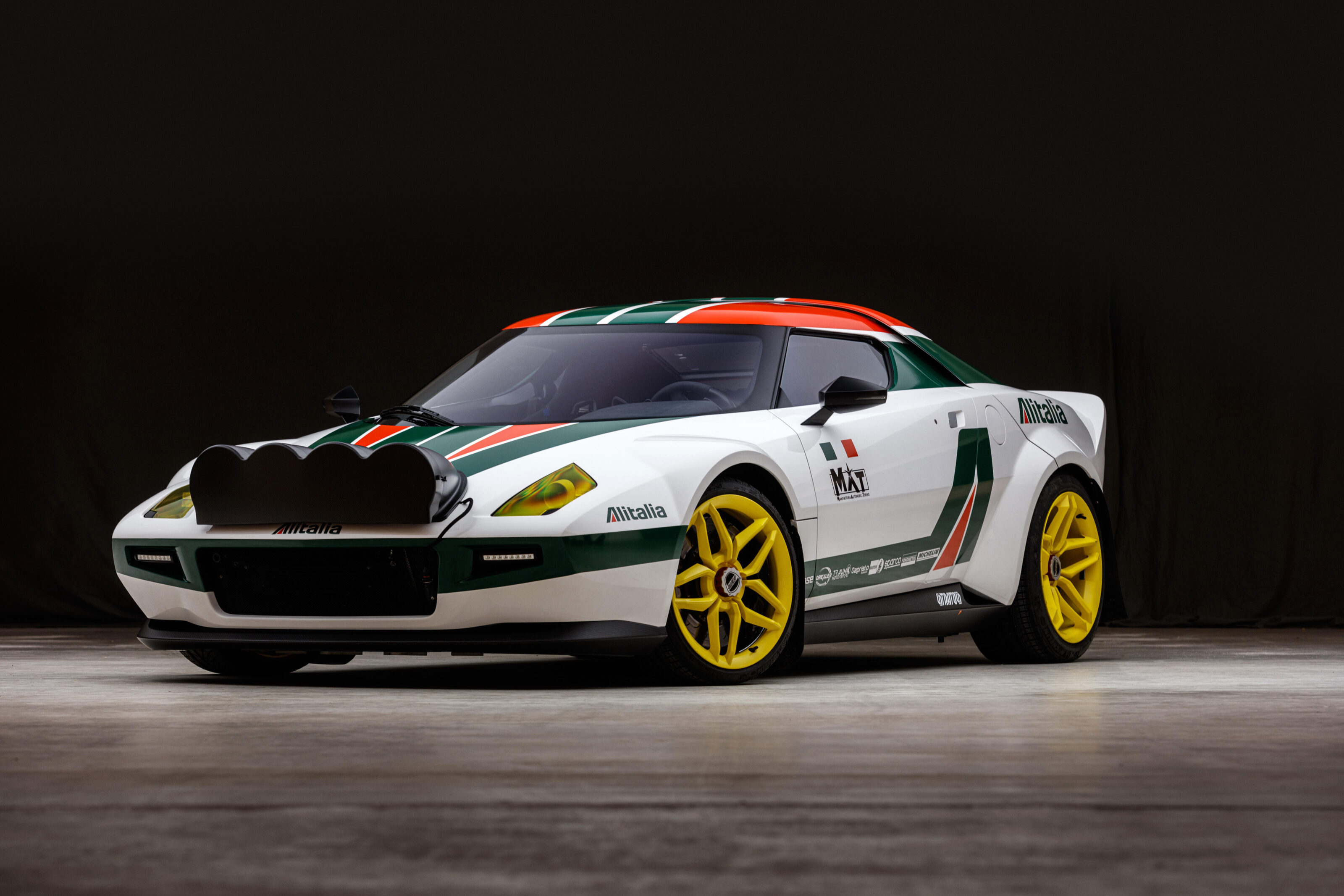
For those with more money than god, the art of restomods means they can enjoy the best of both worlds – capturing the style and spirit of classic cars, with the performance and technology of modern motoring.
The team at MOTOR HQ don’t have the kind of cash that would allow us to indulge in owning a restomod, but that doesn’t stop us adoring these fantastic mechanical recreations.
So, in no order, we present the ten greatest restomods that you can buy (if you have the means).
Legende Automobile Renault Turbo 3
- Price: TBA
- Output: 294kW (claimed)
- Engine: TBA
Many of the Turbo 3’s technical details remain under wraps, but the cliff notes so far sound like a recipe for success. A hand-formed carbon fibre body is wider and the overall footprint is larger than an original Turbo 2, and sits on mammoth 16.0 x 8.0-inch and 17.0 x 11.0-inch wheels.

Double-wishbone suspension, front and rear, modelled off the Renault 5 Maxi Turbo rally car, suspends the lightweight body and keeps a reported 294kW (400hp) in check. Though, from which powerplant specifically, remains unclear.
Aside from modern LED lights, it’s the interior that gives the biggest hint to the Turbo 3’s modern construction, with a re-profiled dash dipped in what looks to be Alcantara or flock, with a digital cluster, modern HVAC, fixed-back bucket seats, five-point harness and a full roll cage.
Legende Automobile claim to have “ignored all financial advice and spared no expense” in the Turbo 3’s development. With no price announced yet, you’ll likely need to do the same to park one of these pocket rockets in your garage.

Manifattura Automobili Torino New Stratos
- Price: $1 million+ (BYO F430)
- Output: 397kW/520Nm
- Engine: 4.3-litre V8
The gestation of the New Stratos actually stretches back to the 1990s, when Italian teenager Chris Hrabalek registered the Stratos trademark after Lancia let it lapse.
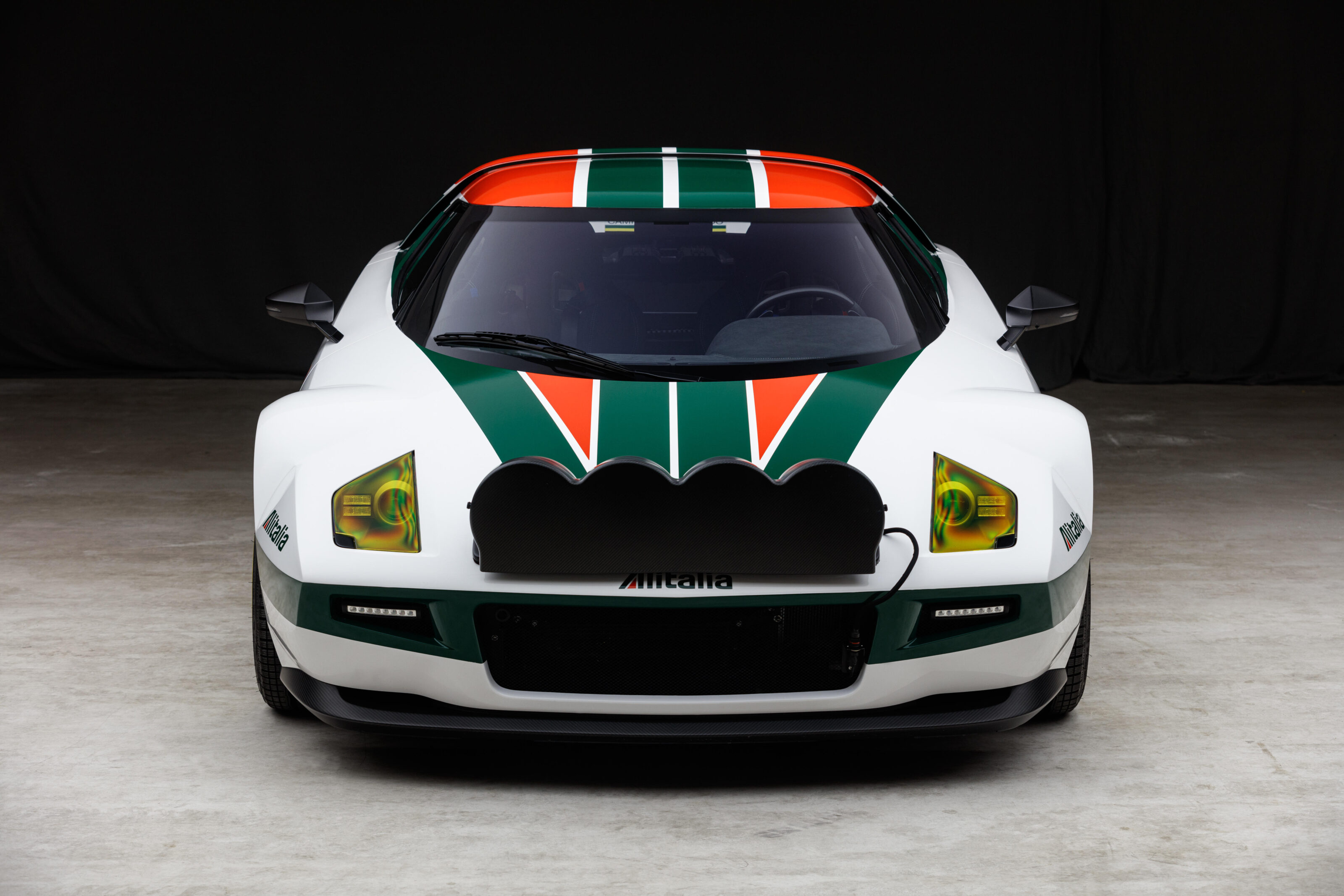
Hrabalek would later study at the Royal College of Art where the modern Stratos would act as his capstone project. Not only that, but he gained funding from 10 original Stratos owners to see his project through, and built a concept car for the Geneva Motor Show of 2005.
Hrabalek’s project would never come to fruition, but one of those original investors never let go. Refined by Pininfarina, and based on the underpinnings of a Ferrari F430, the new Stratos would be re-revealed in its final form in 2010.
The F430’s wheelbase had 200mm chopped from it to match the Stratos’ petite dimensions, with the 4.3-litre V8 subtly tweaked with a Larini titanium exhaust for an improved 397kW output. Simple but striking in its execution, it’s a seductive reinvention of a classic motorsports icon.

RUF SCR
- Price: $1 million
- Output: 375kW
- Engine: 4.0-litre flat-6
Beneath the sculpted carbon fibre body shell sits RUF’s bespoke in-house carbon monocoque with an integrated roll cage, high-strength lightweight steel subframes and double-wishbone suspension front and rear. RUF began with the 993’s 2272mm wheelbase but lengthened it by 70mm for high-speed stability. The car weighs just 1250kgs.

A 4.0-litre Metzger flat-six develops a stout 375kW at a dizzying 8270rpm with no forced induction. A dedication to lightweight materials allows for a ballistic 320km/h top speed and yields a brutal 300kW/tonne.
With drive sent through the rear wheels via a manual gearbox and mechanical LSD, RUF’s SCR sits at the nexus between classic vibes and modern engineering.
Speculation suggests that about half a million pounds sterling will get you through the door. Or $1 million converted.

Kimera Automobili EVO37
- Price: $770,000
- Output: 377kW
- Engine: 2.1-litre inline-4
Conceived as the ultimate evolution and a modern tribute to the iconic Lancia 037, Kimera’s build begins with the central monocoque of a Beta Montecarlo – just like the period race cars.
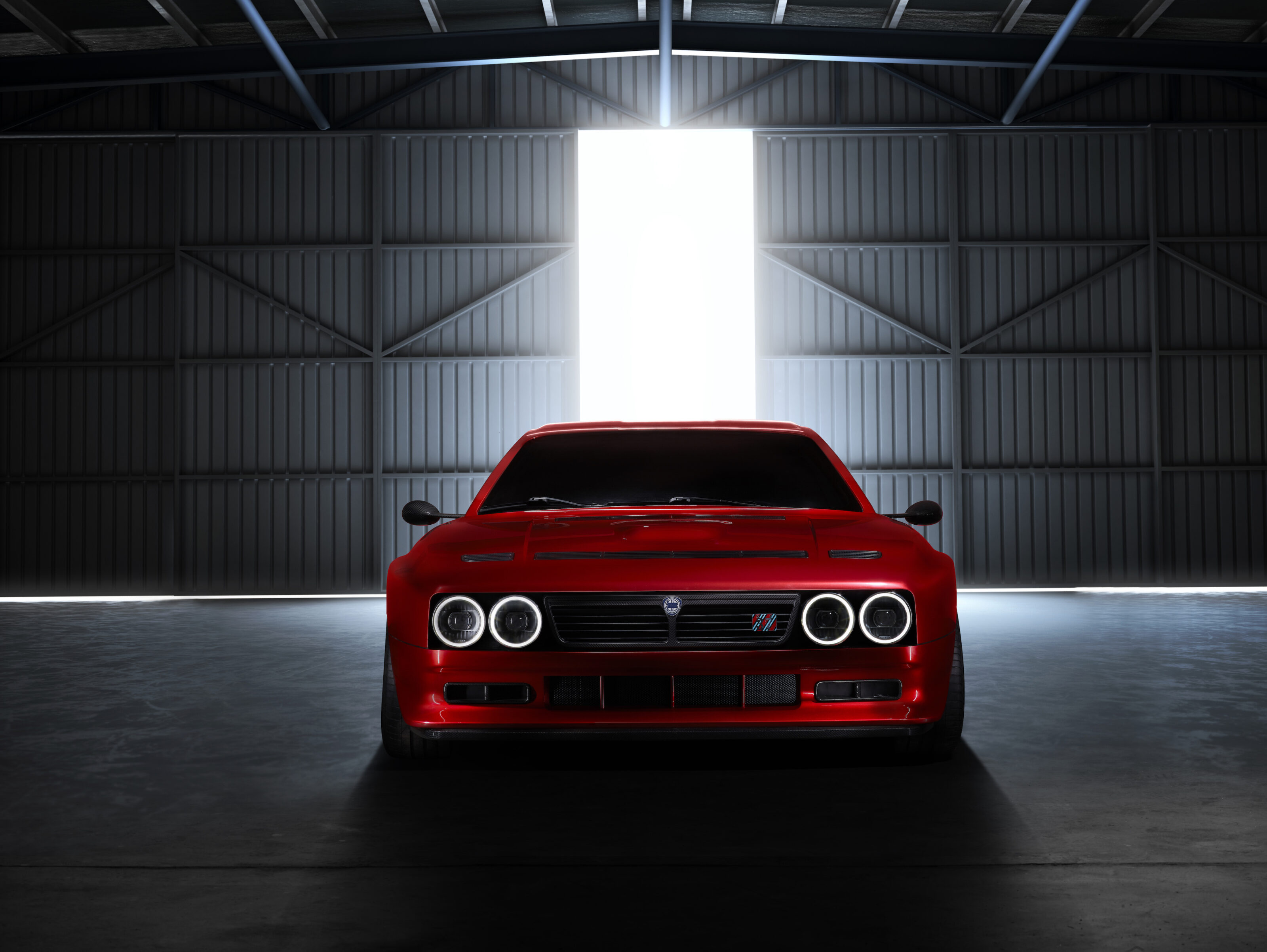
The exterior’s traditional construction of fibreglass has been ditched for carbon fibre panels, carefully reflecting the original’s iconic proportions. Ohlins adjustable suspension mounts to tubular front and rear subframes. Total kerb weight is targeted at 1000kg.
The engine is based on an original 037 2.0-litre block, however, it’s been thoroughly re-engineered. Displacement has increased to 2.1-litres and the old Abarth Volumex supercharger has been binned for a twincharging system: supercharger and turbocharger working in unison to deliver a whopping 377kW.
What’s more, lead engineer for EVO37 is none other than Claudio Lombardi, the man who oversaw the engine of every vintage Martini-liveried Lancia racer you’ve ever drooled over.

Callum 25
- Price: $980,000
- Output: 381kW
- Engine: 5.9-litre V12
He’s not doing it alone either. His Callum 25 project is officially endorsed by Aston Martin, and various aspects of development are shared with R-Reforged, a Swiss company with ties to Aston Martin’s GT3 program.
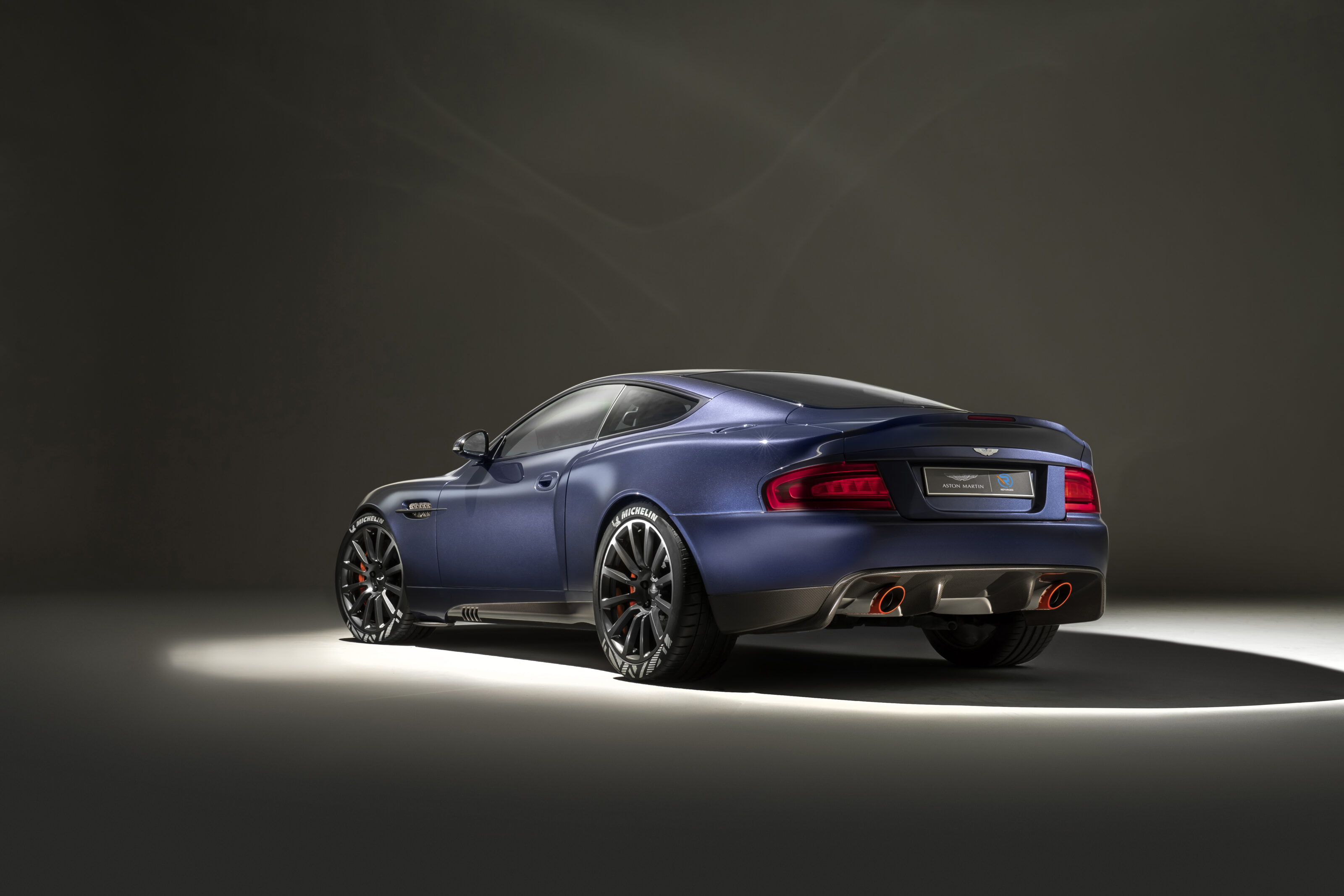
Callum’s thoughtful revisions range from sympathetic updates like the now-one-piece window surrounds, to more thorough revisions. New dampers, larger anti-roll bars and stronger racing bearings address the Vanquish’s historical weak spot – its steering.
The 5.9-litre V12 now pumps out 381kW, 45kW more than the original. It remains familiar, now features subtly widened tracks, a pumped and modernised body kit, a lowered seating position and a thinner steering wheel inside.
Plus there’s a striking upholstery job throughout, with an 8.0-inch touchscreen. We’re still not sure about the tyres though! It might not be for everyone, but you can’t help but admire it.

Cyan Racing P1800
- Price: $750,000
- Output: 308kW
- Engine: 2.0-litre inline-4
The three-time winners of the World Touring Car Championship have turned Volvo’s coupe classic, the P1800, into a re-engineered WTCC-powered weapon.
The friendly face of Volvo’s 1960s sports car was designed by Pelle Petterson, then just a design student for Pietro Frua. Coincidentally, Pelle’s father, Helmer Petterson, was an engineering consultant for Volvo and the lead man behind the car his son would style.
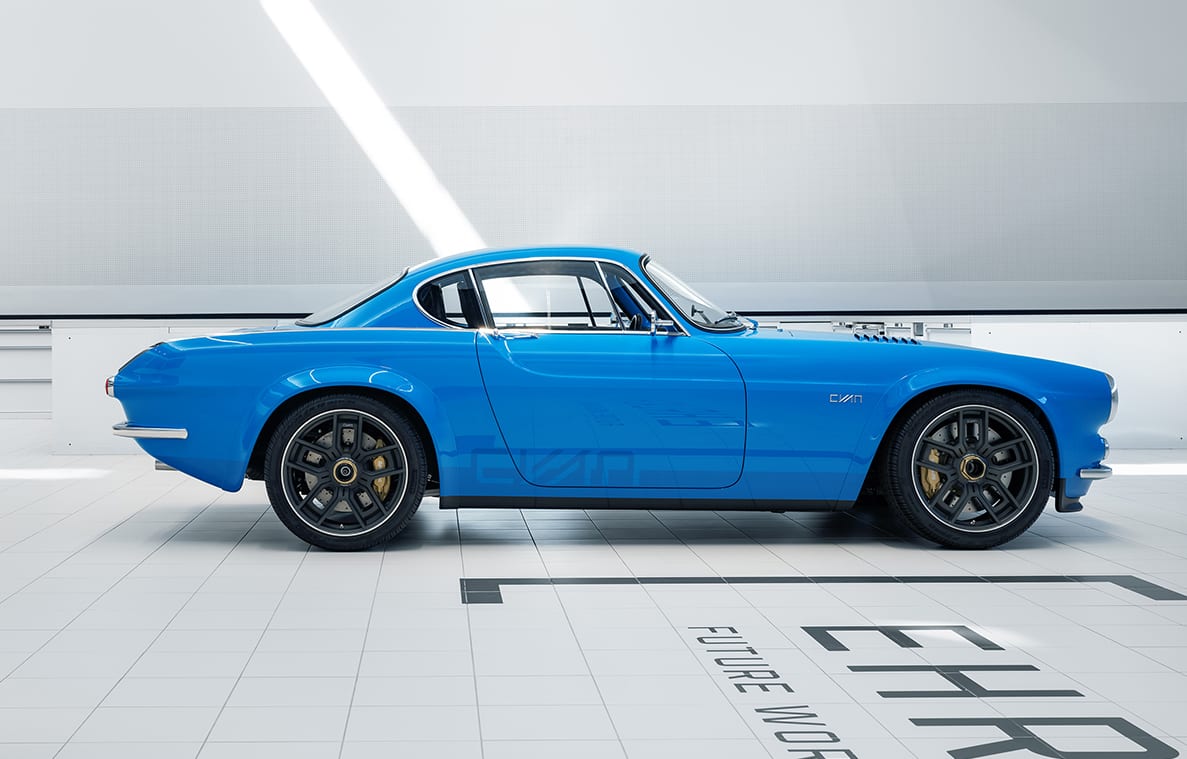
The P1800’s ‘Italian design’ messaging meant Frua was commonly credited as the designer until Volvo rewrote its history, officially recognising Pelle’s authorship in 2009.
We bet young Pelle never envisioned a fire-breathing 308kW turbo-four from Volvo’s title-winning S60 TC1 car to be fitted beneath a 990kg carbon fibre creation penned by him.
The ’60s-era live axle has been binned in exchange for a bespoke front and rear double-wishbone setup, with aluminium uprights, anti-roll bars and Cyan-tuned dampers. Five-speed Holinger ’box with unboosted brakes and no ABS make this one mean Swede!
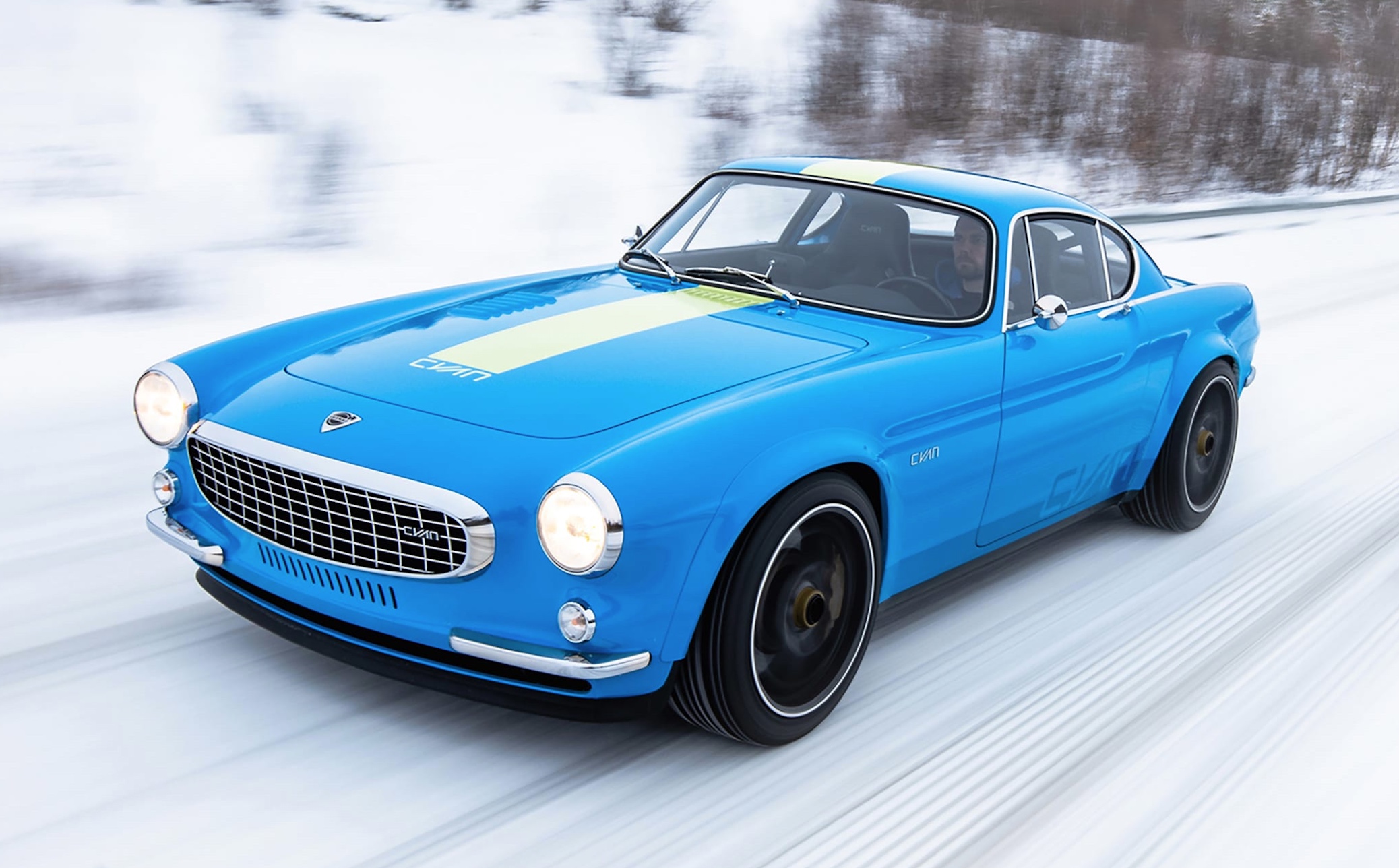
Eagle Lightweight GT
- Price: $1.4 million
- Output: 283kW
- Engine: 4.7-litre inline-6
In 2014, Jaguar announced that they would eventually build the remaining six cars using existing and continuing serial numbers, and exacting period construction methods – your brand new 1963 Jag, for a whopping $2.1 million dollars.
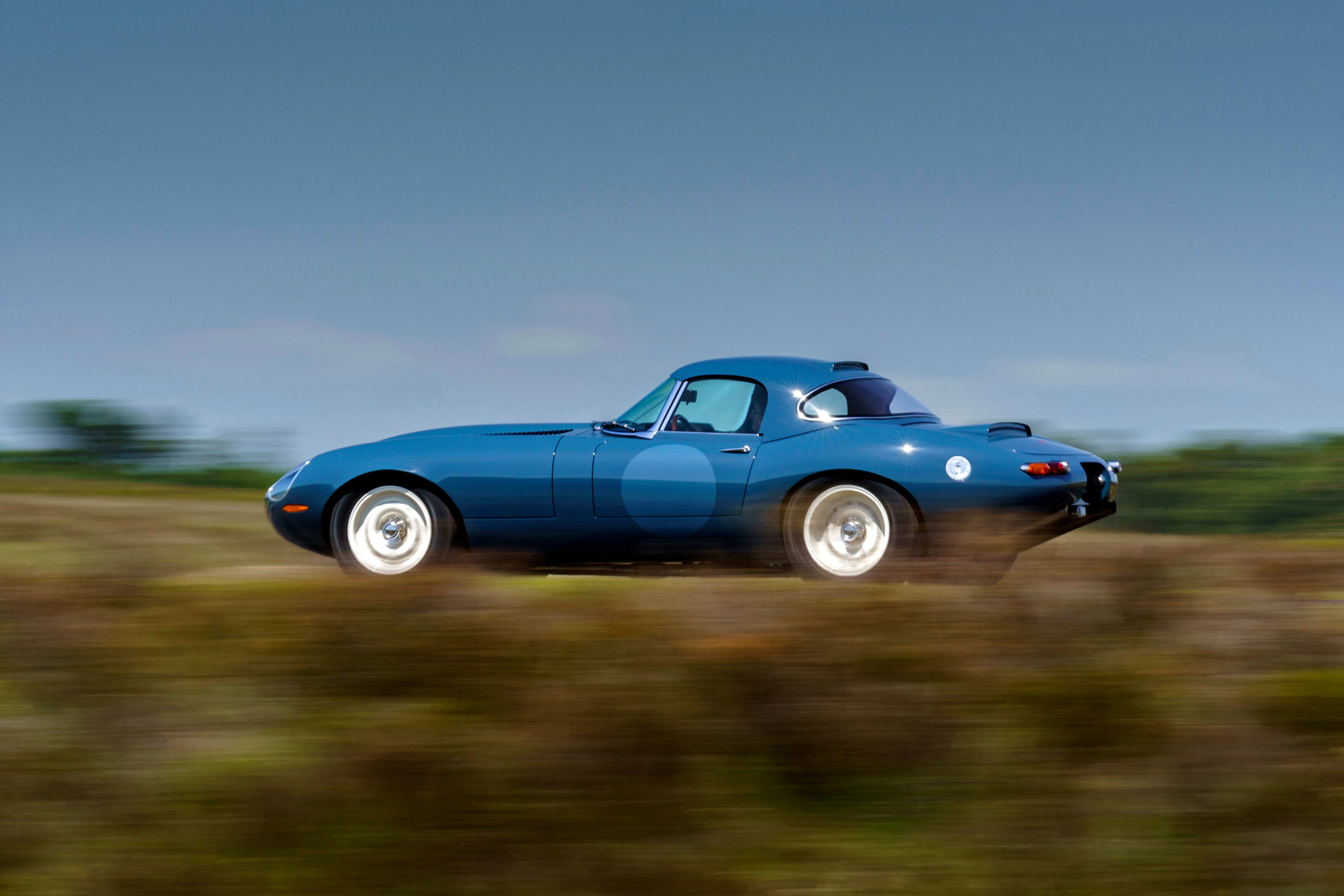
Although the Eagle is cheaper, you’re not exactly getting short-changed. It’s an 8000-hour process to create an Eagle Lightweight GT, beginning with an original Series 1 E-type. The original steel body is removed, with a hand-formed aluminium fixed-head body fitted in its place. The body’s creation alone requires almost 2500 hours.
The engine is a 4.7-litre alloy block design inspired by the original ‘XK’ mill. A big valve head, and uprated crankshaft, pistons and connecting rods produce a stout 283kW – about 50kW more than a genuine Jaguar Lightweight.
The depth of engineering is stunning, down to magnesium-cast gearbox and diff casings, hub carriers and sump. Not only is the Eagle Lightweight GT cheaper than the genuine article, it’s probably even better, too.

Alfaholics GTA-R
- Price: $500,000+
- Output: 96-179kW
- Engine: : 1.6-2.3-litre inline-4
The visually restrained looks belie upwards of 3000 loving man-hours of labour. As such, there’s an even more under-the-radar panache to an Alfaholics coupe compared to, say, a Singer.
You’re privy to tripping over a Singer 911 in an executive car park of any Silicon Valley megacorp, but it’s a rare Junior coupe built to GTA-R specifications by Alfaholics that you’ll find in the garage of Gordon Murray.
Powered by the venerable Alfa TwinSpark inline-four, it’s the 830kg kerb weight figure that we find most titillating.
There are decades of historic racing experience as well as countless national-level concours awards under the classic Alfisti workshop’s belt. Given that pedigree, your dream Alfa coupe can range from a finely upholstered tourer with modern air-conditioning and audio, to a carbon-bodied track-day weapon with rose-jointed tubular titanium wishbone suspension.
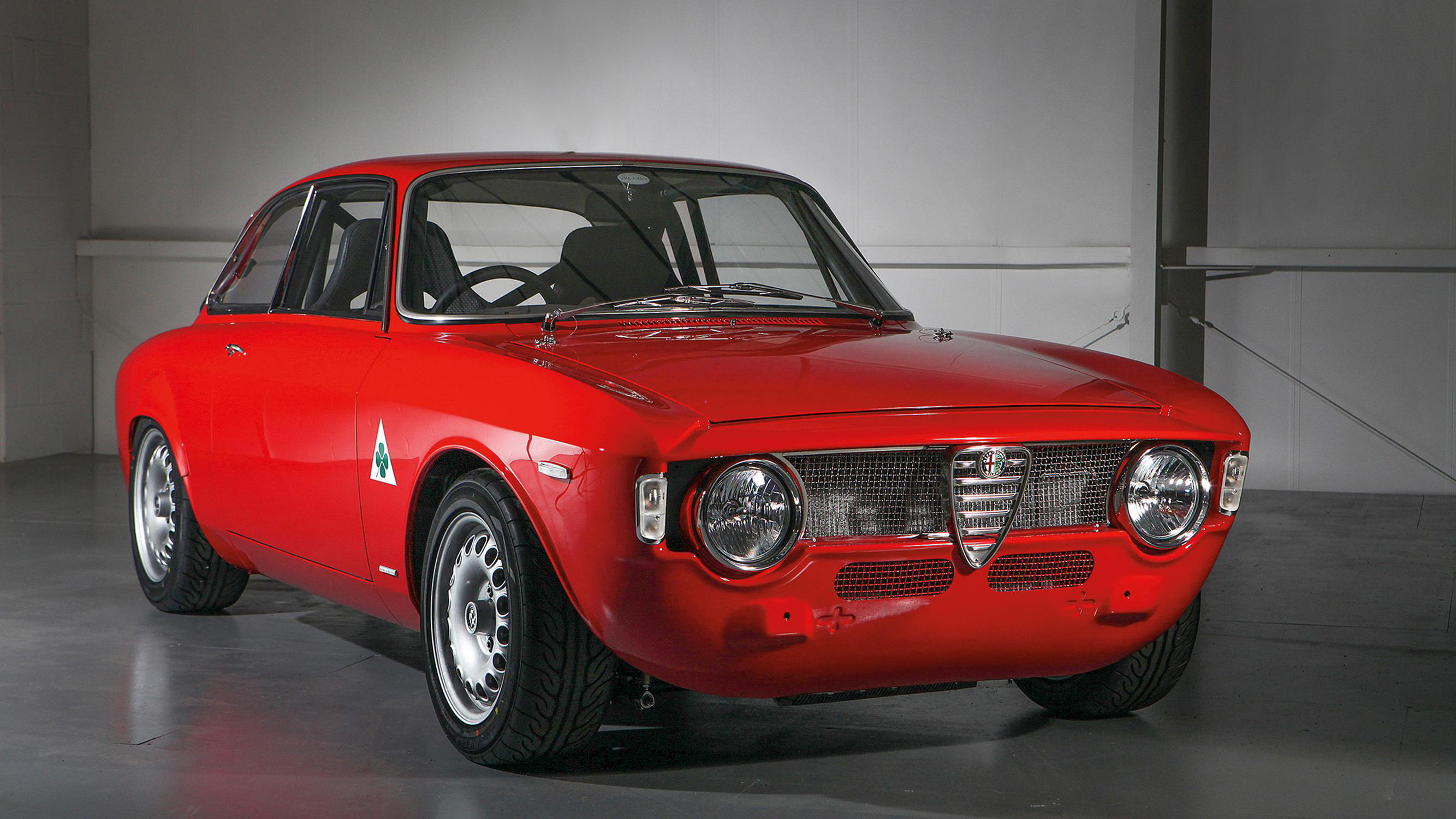
Mechatronik Mercedes Coupe & SL
- Price: $POA
- Output: 228-268kW
- Engine: 4.3-5.5-litre V8
Whether you’re the owner of the Bracq-designed ‘pagoda-roof’ icon, or the larger Geiger ‘fintail’, the heart of your Mechatronik Mercedes will be the long-serving M113 V8 used in 34 different Daimler models from 1997 to 2007.
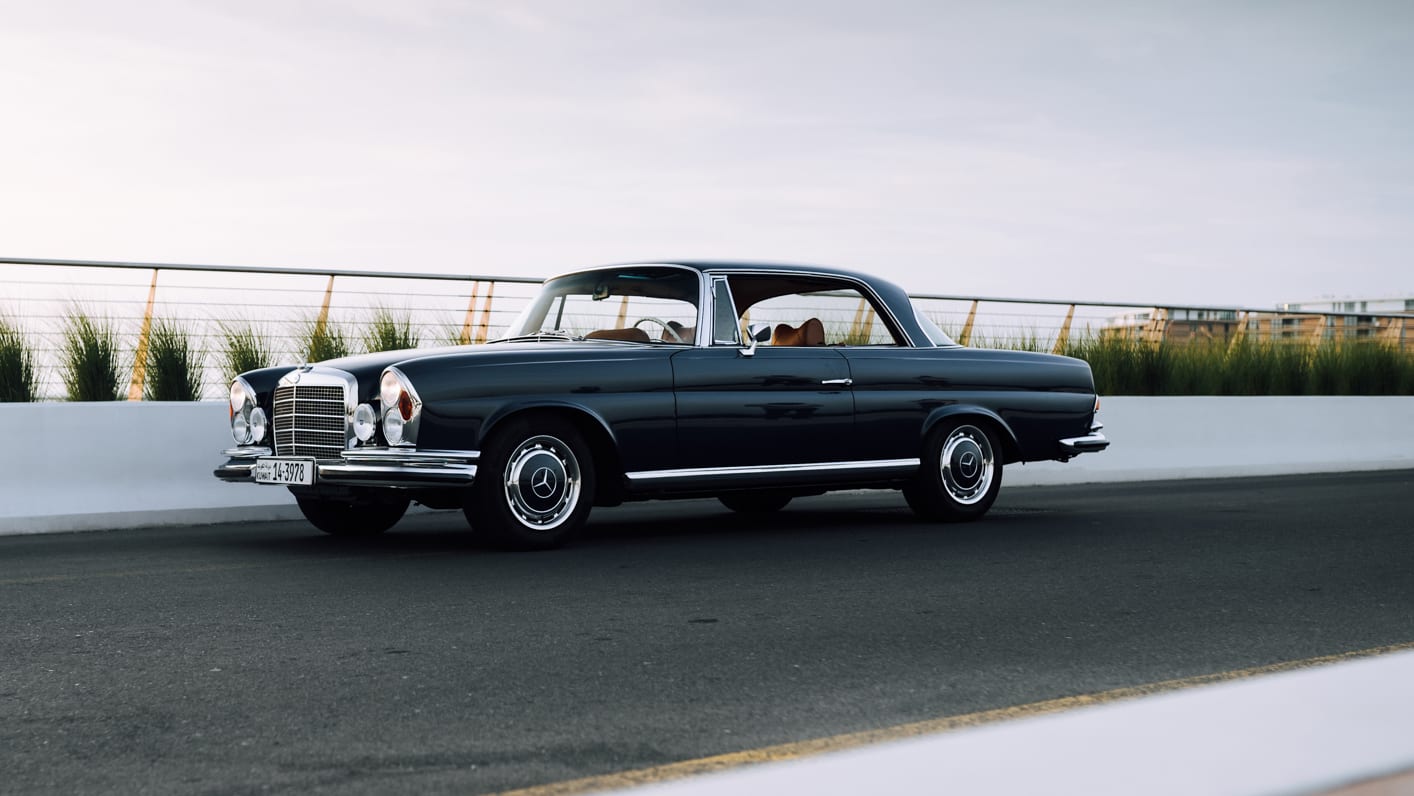
The petite pagoda roof M113 SL is bestowed with a 4.3-litre unit, while the larger W113 coupes and cabriolets gain 5.0 or 5.5-litre units. All carefully selected engines are meticulously rebuilt by hand. The chassis is given a similar treatment, with modern brakes, suspension and retrofitted ABS.
There is a wide palette of original and bespoke paint colours to choose from, however, even more impressive is the range of interior leather, carpet and woodgrain options.
We’ll take a W111 5.5 coupe in 834 Mossgreen metallic, over Cognac leather, with a Makassar wood veneer, please…
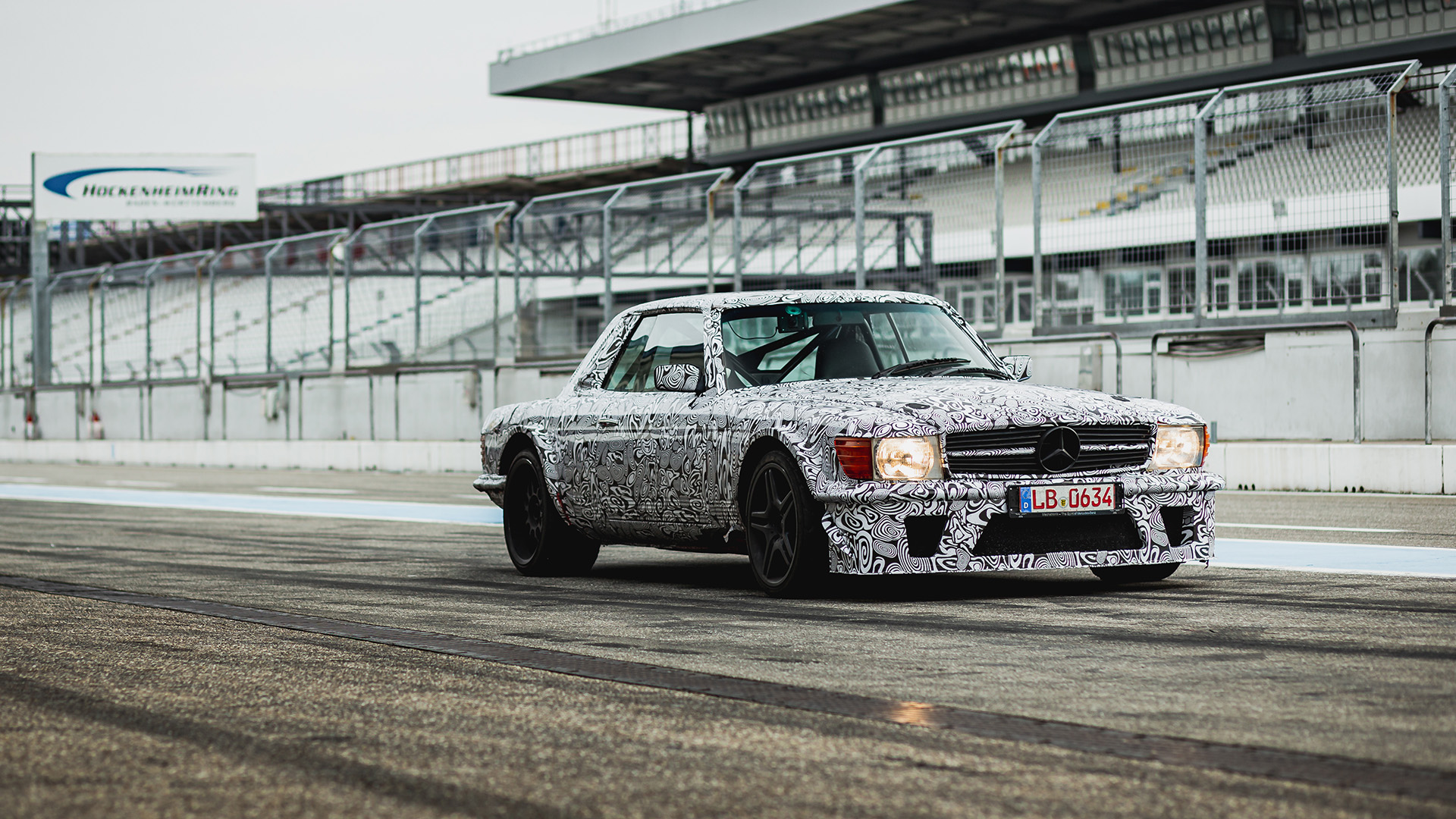
Singer 911 (classic)
- Price: $800,000+ (BYO 964)
- Output: 223kW-290kW
- Engine: 3.8/4.0-litre flat-six
Quite simple really, you give the Californian dream factory a complete ’89-’94 964 911, along with an rather large cheque, and Singer creates for you its most perfect vision of a classic 911 – and to your exacting specifications. Say no more!
Once stripped to bare metal, the monocoque is braced and strengthened before being adorned with a host of carbon fibre exterior panels.
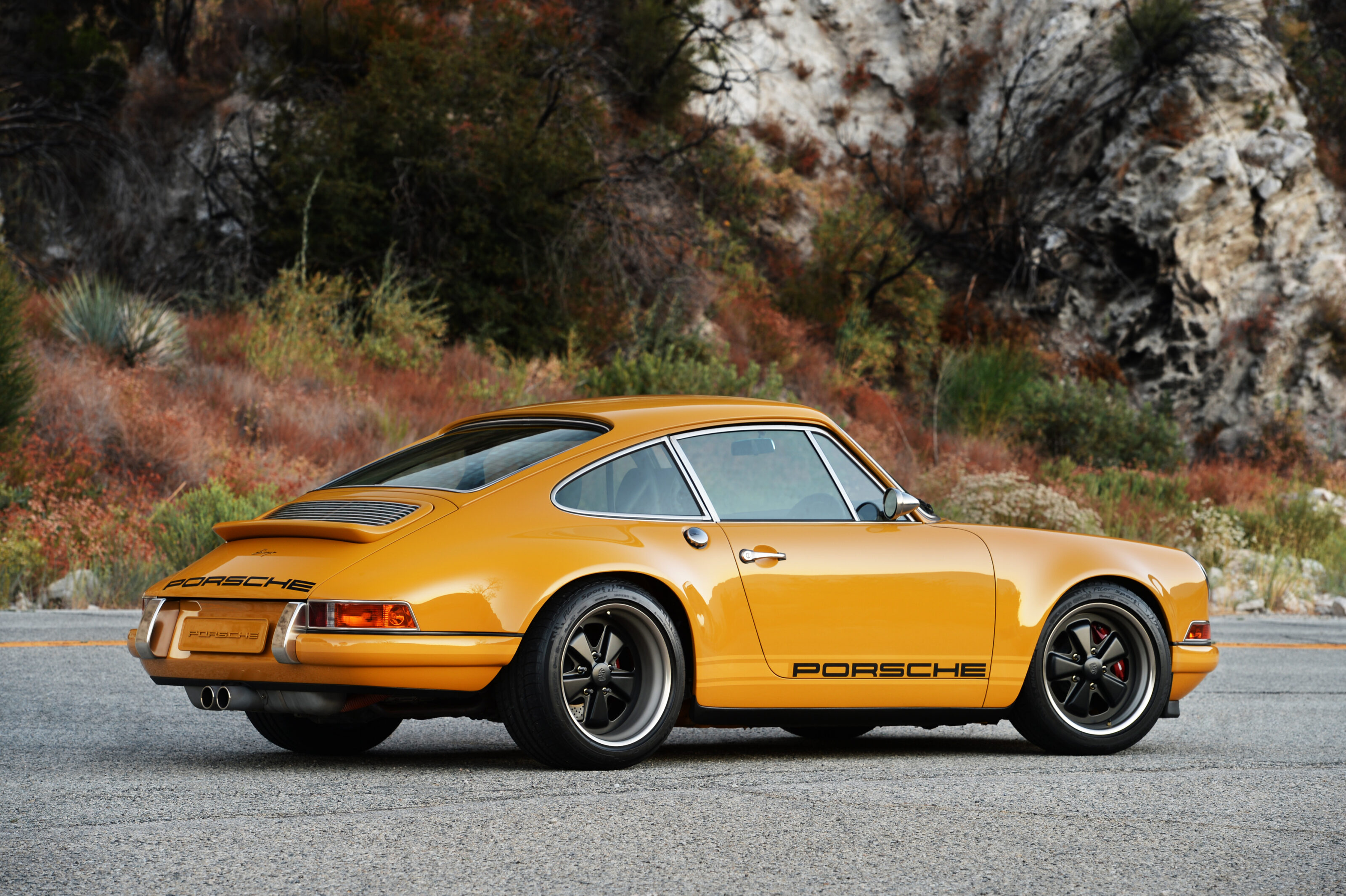
No stone is left untouched with Singer’s wizards carefully blending newly developed and upgraded parts, with carefully curated components from throughout the 911’s lineage, such as the 993’s delightful rack-and-pinion steering.
There are three engine available as standard: a 223kW 3.8-litre flat-six, a 260kW Cosworth-fettled 3.8-litre, topped by a bored and built 290kW 4.0-litre unit.
There are more options than you can fathom, with the scope of your build limited only by your imagination and bank balance. It was a tough decision not to include Singer’s drool-worthy DLS, and its Williams-honed 372kW air-cooled 4.0-litre. However, there’s just something so right about Rob Dickinson’s tastefully updated entry level Singer models. Less can indeed be more.



